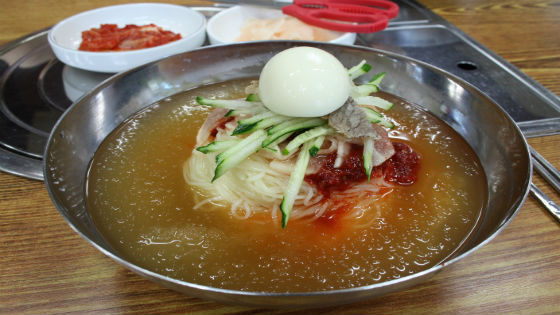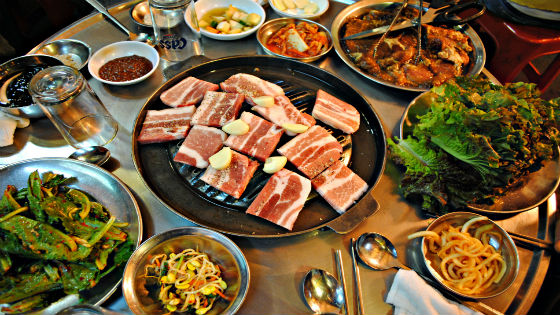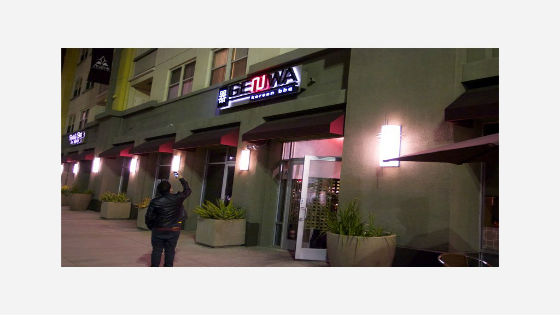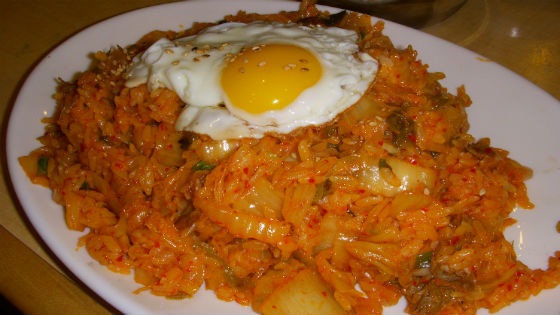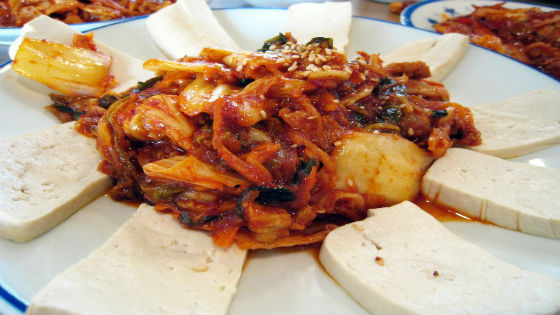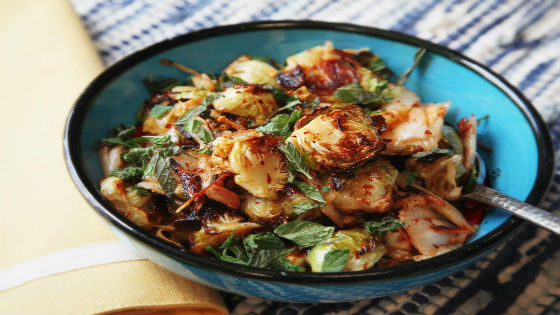Korean Alcohol Feature: Makkoli
We have already mentioned in one of our previous articles that Koreans love their alcohol as drinking in itself is a big part of Korean culture. Today we are going to feature a famous traditional alcoholic beverage that you may or may not have heard before: makkoli. We figured that it will be best for you to get to know this drink because it might just become one of your Korean beverage favourites once you get a taste of it!
Here are a few characteristics of makkoli that you should know:
1. It is considered as Korea’s oldest liquor.
Makkoli, which is also known as the farmers’ alcohol, has been around even when Korea is still far from being the industrialized country that it is today. It has become the favoured drink among farmers and other members of the working class because it is cheap and is also generally easy to produce given that its main ingredient, rice, is vastly abundant. And given its long, historical presence in Korea, drinking makkoli has already been a part of a majority of Korean traditions, particularly during rites that pay respects to ancestors.
2. It is also called Korean rice wine.
The way makkoli is produced is through the fermentation of roughly strained rice grains and water. The by-product of this process is a sweet, milk-coloured liquid that has around 6%-8% alcohol content after it becomes distilled. The thick texture and sweet taste of makkoli makes it different from soju, another popular Korean alcoholic drink that has a higher alcoholic content than makkoli.
3. It is a healthy alcoholic drink.
Here’s another valid excuse as to why you should consider drinking makkoli once in a while. A majority of Korean elders prefer to drink makkoli not only because it has lesser alcoholic content, but also because it has a good amount of probiotics or good bacteria to fight diseases and dietary fibre to promote healthy digestion. This drink has also been reported to prevent certain types of cancer. Makolli truly seems to be a healthier alternative for individuals who want to stick to their healthy regimen while still consuming very moderate amounts of alcohol.
4. It is often paired with bar food.
A drinking session is not complete without eating some great side dishes or bar food that go well with alcohol. Makkoli tastes great with a variety of anju or bar food such as Korean-style pancakes (pajeon). People who prefer lighter fare can also drink makkoli with cheese, bite-sized chunks of meat, biscuits, or even bread.
5. It is cheap and can be served in various ways.
Makkolis can be bought in almost all convenience stores in Korea and are being sold for as low as a dollar per bottle. Traditionally, this drink is being served on a huge bowl where partakers use a ladle to fill their respective cups. Now, stores usually sell makkoli in plastic containers. It might also be interesting for you to know that some restaurants serve this beverage in wooden kettles so that drinkers can experience a slightly traditional feel of drinking makkoli.
Have you ever tried makkoli before? If so, then how did you like it? Share all your makkoli-drinking experiences down on the comments section below. And make sure that you have your makkolis ready for your next Korean BBQ feast! Drop us a line today at Korean BBQ Online so we can help you prepare for your next Korean BBQ gathering.





